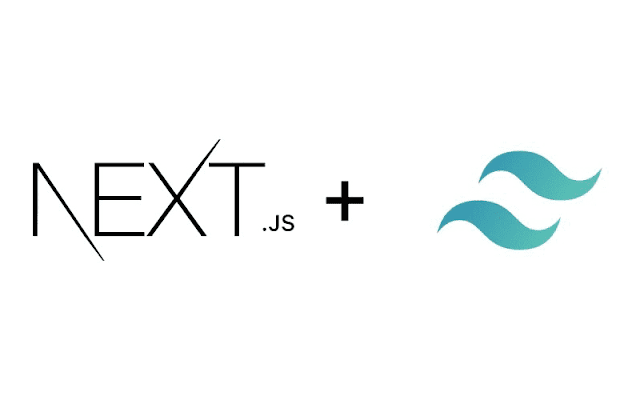Mastering UI Development with Tailwind CSS and Next.js

In the ever-evolving landscape of web development , creating delightful user interfaces that are both aesthetically pleasing and highly functional has become a paramount goal for developers. With the emergence of powerful tools and frameworks, achieving this goal has become more attainable than ever before. In this blog post, we'll explore how the combination of Tailwind CSS and Next.js can streamline and supercharge your UI development process. Why Tailwind CSS? Tailwind CSS has gained immense popularity among developers for its unique approach to styling web applications. Unlike traditional CSS frameworks that provide pre-defined components and styles, Tailwind CSS takes a utility-first approach. It provides a vast set of utility classes that directly apply styles to HTML elements, allowing for rapid prototyping and customization. One of the key advantages of Tailwind CSS is its flexibility. With utility classes covering everything from spacing and typography to flexbox and grid ...
.png)